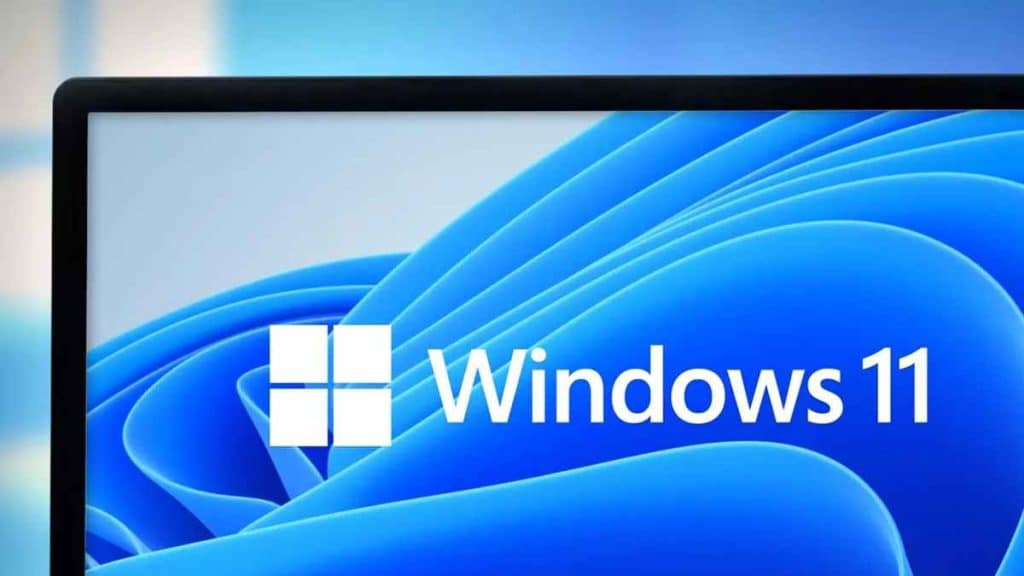Founded in 1975 by the visionary duo Bill Gates and Paul Allen, Microsoft has etched its name into the annals of technological history. Throughout its existence, the company has played a pivotal role in revolutionizing personal computing, shaping the digital landscape, and introducing groundbreaking operating systems. Among these, the Windows series has remained an iconic hallmark of Microsoft’s innovation and user-friendly approach. With the recent unveiling of kup Windows 11, Microsoft once again seeks to redefine the computing experience. In this article, we shall delve into the intriguing journey of Microsoft’s operating systems, from the inception of Windows 10 to the cutting-edge features presented in Windows 11. Additionally, we shall explore how these innovations have impacted Poland, a nation known for its growing technological prowess and embrace of modern computing.
Windows 10: A Turning Point in Microsoft’s History:
Launched on July 29, 2015, kup Windows 10 marked a significant turning point for Microsoft. It emerged as the successor to the somewhat polarizing Windows 8, with the primary goal of amalgamating the best aspects of its predecessors, Windows 7 and Windows 8. The end result was a seamless, unified user experience across various devices, spanning from desktop computers to tablets and smartphones. Windows 10’s reintroduction of the beloved Start Menu, after its temporary absence in Windows 8, garnered widespread praise and contributed to its immediate popularity.
In Poland, the advent of Windows 10 was met with fervent enthusiasm and excitement. The nation’s growing tech-savviness and embrace of digital innovations made it a receptive market for this new operating system. Polish businesses and individuals alike were drawn to Windows 10 for its enhanced security features, consistent updates, and backward compatibility. Its user-friendly interface and customizable experience appealed to both seasoned professionals and novice users, fostering a conducive environment for seamless productivity and personal computing.
Windows 11: A Leap into the Future:
On June 24, 2021, Microsoft officially unveiled its latest creation, Windows 11, ushering in a new era of computing. With its aesthetically pleasing, modern interface and a plethora of innovative features, Windows 11 is poised to redefine how users interact with their devices. As the news of Windows 11 spread across Poland, tech enthusiasts and users alike eagerly awaited the dawn of this next-generation operating system.
One of the standout features of Windows 11 is the redesigned Start Menu. Centered and minimalist in design, it offers a visually pleasing layout, optimizing the user experience. The Live Tiles, present in Windows 10, have made way for a more streamlined and intuitive menu, ensuring a clutter-free and organized interface.
In response to the changing landscape of work dynamics, Polish businesses welcomed the integration of Microsoft Teams directly into the taskbar. Facilitating seamless communication and collaboration, this feature has proven invaluable in an era marked by remote work and virtual meetings. Poland’s progressive stance towards technological advancements positions the nation as a prime beneficiary of such innovative work-oriented features.
Gaming, a popular pastime in Poland and across the globe, has not been overlooked in Windows 11. The integration of DirectX 12 Ultimate enhances graphics and gaming performance, delivering a heightened level of visual brilliance and realism. Additionally, the Auto HDR feature automatically applies high dynamic range (HDR) to older games, elevating their visual quality and ensuring a captivating gaming experience.
Security has always been a paramount concern for operating systems, and Windows 11 reinforces this aspect with features like Windows Hello, enabling biometric authentication, and TPM 2.0, which bolsters hardware-based security. With cyber threats becoming increasingly sophisticated, these security measures have been met with resounding approval from Polish users, who value their data and privacy in an increasingly interconnected world.
A Seamless Transition for Polish Users:
As the curtain was lifted on Windows 11, many users in Poland pondered the transition from Windows 10. Microsoft responded with a user-friendly approach, making the upgrade process as smooth and straightforward as possible. Most modern PCs in Poland effortlessly met the system requirements for Windows 11, allowing users to embrace the latest iteration of the operating system without any hassle.
For those who desired a fresh start, Windows 11 offered a clean installation option, ensuring a new and optimized user experience. Furthermore, Microsoft’s unwavering commitment to providing regular updates and support assured users in Poland that they could rely on their operating system for years to come.
Conclusion:
The evolution of Microsoft’s operating systems, from Windows 10 to Windows 11, represents a remarkable journey of innovation and user-centric design. At each stage, Microsoft has sought to refine its offerings, introducing pioneering features and improvements that cater to the dynamic needs of users. In Poland, the adoption of Windows 10 demonstrated the nation’s readiness to embrace modern technology and cutting-edge solutions. Simultaneously, the excitement surrounding Windows 11 showcased Poland’s anticipation of the latest advancements in the computing realm.
As technology continues to advance, users in Poland can look forward to an ever-improving computing experience, heightened security measures, and seamless integration with the latest technological developments. With Windows 11, Microsoft reaffirms its commitment to empowering users in Poland and worldwide, enabling them to achieve more in this ever-changing digital age. As the company’s legacy of innovation endures, Poland’s tech landscape is bound to flourish, shaping the future of computing in the country and beyond.
